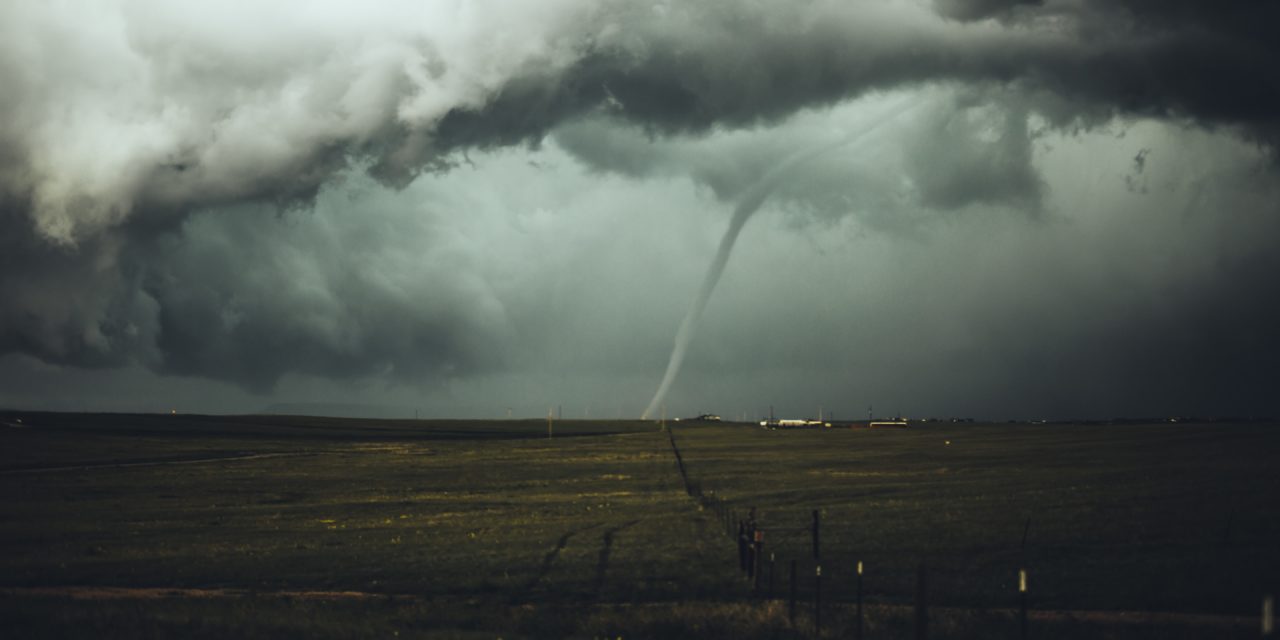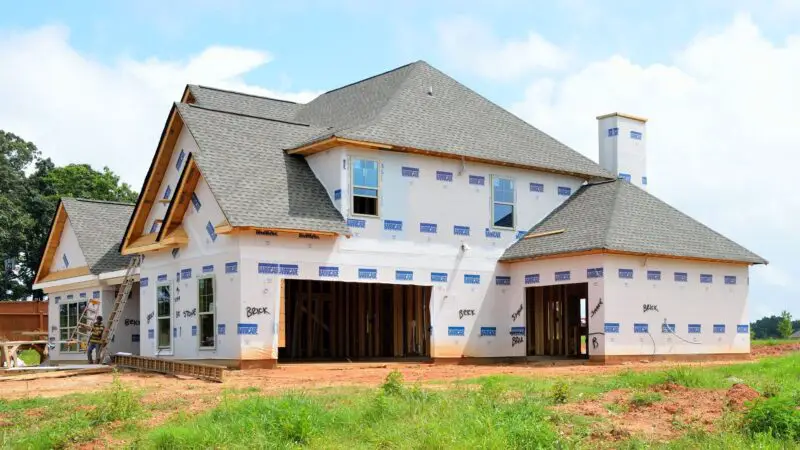Dallas, located in the northeastern part of Texas, has a population of 1.2 million people. This massive city is home to the Reunion Tower, The Dallas Mavericks basketball team, and the Dallas Cowboys football team. Before moving to or visiting Dallas, however, you may wonder whether the city gets a lot of tornadoes.
Dallas lies on the outskirts of Tornado Alley and has seen 107 tornadoes touch down since 1880, coming in second to Johnson country for the highest record. On average, Dallas sees four tornadoes per year.
Below, we will discuss more information on tornadoes in Dallas and some of the weather history there. Keep reading to learn everything you need to know!
Does Dallas Get a Lot of Tornadoes?
Over the past 140 years, 107 tornadoes have touched down in Dallas.
However, not all of them have caused severe damage. Of the 107, only 65 have caused damage to the city.
According to the National Weather Service, Dallas sees the most tornadoes during the months of April and May.
Is Dallas in Tornado Alley?
Dallas, TX is considered a part of Tornado Alley.
This refers to the geographic locations where tornadoes are most common in the United States.
West and North Texas, which includes Dallas, are part of Tornado Alley. Tornado Alley also consists of the following states:
- Oklahoma
- Kansas
- Nebraska
- South Dakota
- Eastern Colorado and the Front Range
- New Mexico
These areas see a lot of tornadoes due to something called “tornadogenesis.” Below, we will discuss what exactly this means.
What is Tornadogenesis?
Tornadogenesis is a process that occurs in weather patterns that lead to the creation of tornados. Tornadogenesis is formed when cold air from the west meets warm air from the south. The storms initiated by this can very quickly become very dangerous.
When is Tornado Season in Dallas?
Tornado season in Texas generally lasts from late spring to very early winter. During this time, cold fronts sweep down from the north and cross Texas from the west. The cold air meets warm, moist air from the south and the Gulf of Mexico.
This causes a clash in temperatures, and tornadoes form as a result.
How Does Dallas Measure Tornadoes?
The National Weather Service uses a program called the Enhanced Fujita Scale to determine how strong tornadoes are.
They do this by looking at the damage caused by a particular tornado and using the information to determine the strength of the tornado winds.
The National Weather Service then determines a rating based on the speed of the winds within the storm. The scale goes as follows:
- F0: Winds of 40-72 mph
- F1: Winds of 73-112 mph
- F2: Winds of 113-157 mph
- F3: Winds of 158-206 mph
- F4: Winds of 207-260 mph
Most of the recorded tornadoes in Dallas are on the lower scale, being labeled as an F0-F2.
What County in Texas Has the Most Tornadoes?
In each of the 254 counties in Texas, there was at least one tornado between 1950 and 2021.
Harris County, home to the city of Houston, has recorded the most tornadoes, with a total of 242. Second to Harris County is Hale County, located just south of Amarillo and north of Lubbock. It had 132 tornadoes in that same time period.
Tornado Hot Spots in Texas
There are several areas in Texas that are considered “hot spots” when it comes to tornadoes.
Below is a list of the top ten areas.
| Major City | # of Tornadoes |
| Houston | 212 |
| Plainview | 116 |
| Galveston | 106 |
| Beaumont | 100 |
| Corpus Christi | 93 |
| Dallas | 82 |
| Galveston | 79 |
| Amarillo | 79 |
| Ft. Worth | 78 |
| Lubbock | 77 |
While Dallas does have its place on this list, it is not the number one tornado hot spot in the state.
What Was the Biggest Tornado in Dallas?
One of the most significant tornadoes to ever hit Dallas, Texas, happened on April 2nd, 1957. This F3 tornado destroyed everything in its path and was part of a tornado outbreak that spanned from Texas to Virginia.
The most famous tornado from this outbreak is the one that hit the Dallas-Fort Worth Metro area around 4:30 p.m. on April 2nd.
This tornado’s highest recorded wind speed came in at a whopping 175 mph. It killed ten people, injuring 200 more.
It swept homes off their foundations, destroying 131 homes and damaging another 398.
In Conclusion
While tornadoes can be a common threat to most areas of Texas, including Dallas, the probability of them being severe is low.
Most tornadoes in Dallas are between F0-F2 on the tornado scale.
But, don’t let the weather deter you. Dallas, and Texas as a whole, have a lot of opportunities to explore and enjoy the area.
From football games to basketball games to steakhouses with giant steak challenges, there is always something to enjoy in Texas.





